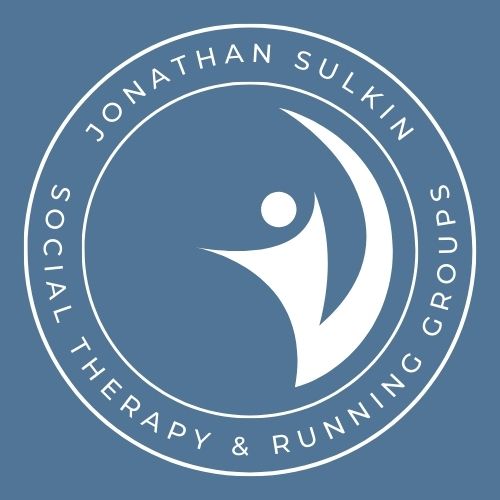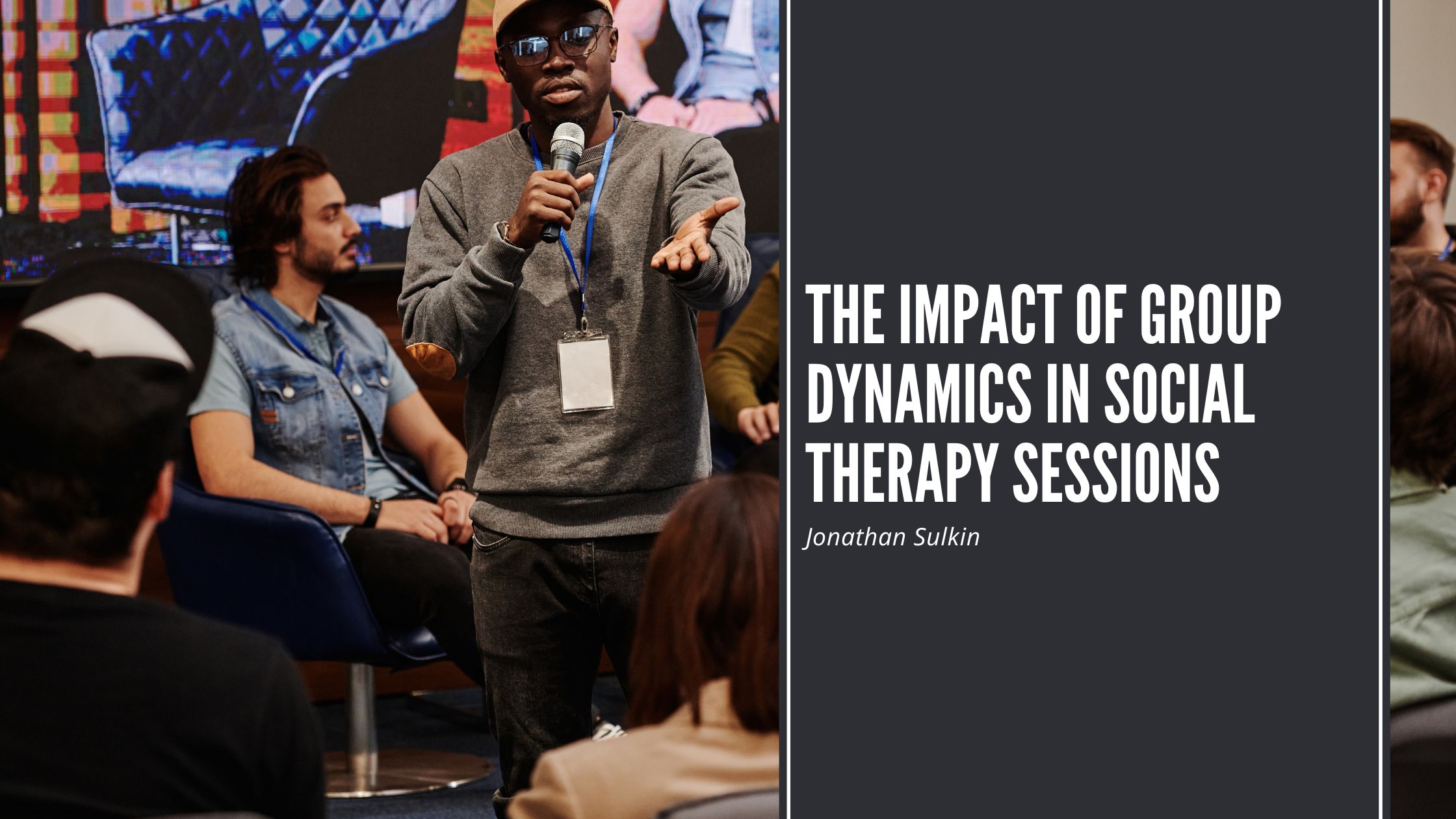Group therapy is a powerful tool in mental health treatment, offering participants a supportive environment where they can share experiences, develop social skills, and gain insight into their personal struggles. One of the key factors that influence the effectiveness of group therapy is group dynamics—the way individuals interact, communicate, and form relationships within the group. Understanding these dynamics is crucial in maximizing the benefits of social therapy sessions.
The Role of Group Dynamics in Social Therapy
Group dynamics play a significant role in shaping the therapeutic experience. The way members interact with each other can create a sense of belonging, encourage self-expression, and promote personal growth. A well-functioning group provides a safe space for individuals to explore their emotions, receive feedback, and practice new ways of relating to others.
Therapists who facilitate group sessions must carefully manage these dynamics to ensure that all members feel included and supported. By observing how individuals respond to each other and guiding interactions, therapists can help foster an environment of trust and mutual respect.
Key Factors Influencing Group Dynamics
- Cohesion and Trust: A strong sense of cohesion among group members enhances the therapeutic process. When individuals feel a connection to others in the group, they are more likely to open up and engage in meaningful discussions. Trust-building exercises and structured group activities can help establish this sense of cohesion.
- Communication Patterns: Effective communication is essential for positive group dynamics. Encouraging active listening, respectful dialogue, and constructive feedback allows members to express themselves openly without fear of judgment. Group leaders play a vital role in facilitating balanced conversations and addressing any conflicts that arise.
- Roles Within the Group: In any group, individuals naturally take on different roles, such as the leader, the supporter, the challenger, or the observer. These roles can either contribute to or hinder the group’s progress. Therapists must be aware of these dynamics and intervene when necessary to prevent dominance, exclusion, or unhelpful behaviors.
- Conflict Resolution: Disagreements and conflicts are inevitable in group settings. However, they can be opportunities for growth if managed properly. Encouraging open discussion and teaching conflict resolution skills helps members navigate interpersonal challenges and learn to express their needs in healthy ways.
- Feedback and Reflection: One of the greatest benefits of group therapy is the opportunity for individuals to receive feedback from multiple perspectives. Constructive feedback allows members to gain new insights about themselves and their behaviors. Guided reflection exercises can help members process feedback and apply it to their personal development.
Benefits of Positive Group Dynamics in Therapy
When group dynamics are effectively managed, social therapy sessions can be highly beneficial. Participants can experience increased self-awareness, improved social skills, and greater emotional resilience. They learn how to navigate relationships, set boundaries, and express themselves in a supportive environment. Additionally, witnessing others’ growth and progress can be inspiring and motivating.
Group dynamics are a crucial element in the success of social therapy sessions. By fostering trust, encouraging open communication, and addressing conflicts constructively, therapists can create an environment where individuals feel safe to explore their emotions and build meaningful connections. A well-structured group therapy experience can be a transformative journey, offering lasting benefits that extend beyond the therapy room into everyday life.

